Après avoir adopté l’ERP SAP S/4HANA, METEX NØØVISTAGO a souhaité améliorer son processus d’élaboration budgétaire. Une tâche confiée à SAP Analytics Cloud Planning, déployé par le Groupe KPC.
METEX NØØVISTAGO est un acteur industriel à la pointe de la bio-industrie.L’entreprise produit des ingrédients fonctionnels (principalement des acides aminées à ce jour) par fermentation pour le marché de la nutrition animale et bientôt de la cosmétique : 1 usine, 100KT d’acide aminées par an, 200M€ de CA annuel, et 350 salariés.
En juin 2020, METEX NØØVISTAGO a déployé un nouveau système d’information en mode greenfield, comprenant l’ERP intelligent SAP S/4HANA, un data warehouse SAP BW/4HANA et l’outil d’analyse de données SAP Analytics Cloud. « Un changement de taille pour METEX NØØVISTAGO,qui avait travaillé pendant 35 ans sur IBM AS/400 », explique Paul Stoffaes, DSI de l’entreprise.
Reste un processus qui n’avait pas été refondu : la planification budgétaire. « Le processus de forecast était réalisé sur Excel, ce qui était long, laborieux et source de nombreuses erreurs. Le contrôle de gestion passait plus de temps à consolider les données qu’à les analyser. Quant au processus d’élaboration budgétaire, il était encore plus fastidieux ».
METEX NØØVISTAGO a donc décidé de mettre en place une solution capable de livrer des prévisions au mois, à l’année et sur plusieurs années, avec une agilité permettant l’intégration aisée de nouveaux produits ou de nouveaux processus. L’objectif est de libérer du temps au contrôle de gestion, afin qu’il puisse se focaliser sur son cœur de métier, l’analyse et le pilotage.
SAP Analytics Cloud Planning déployé sur l’élaboration budgétaire
La société a confié la modélisation de son processus à l’un des modules de SAP Analytics Cloud, le module de Planning. « L’utilisation de SAP Analytics Cloud Planning permet de faciliter l’intégration avec l’ERP SAP S/4HANA, constate Paul Stoffaes. Il y a également une certaine logique à l’utiliser, car nos collaborateurs connaissent déjà SAP Analytics Cloud dans le cadre de la Business Intelligence. »
Le déploiement de la brique Planning de SAP Analytics Cloud a été confié à KPC : « Ils ont bien compris nos enjeux et ont su proposer un déroulé de projet et une méthodologie adaptés, ainsi qu’un chiffrage lisible. Leur capacité à s’engager au forfait sur un planning serré a également été une des raisons du choix de KPC. » METEX NØØVISTAGO avait en effet fixé comme contrainte une réalisation du projet dans un délai restreint de 5 mois.
Le cœur fonctionnel de la solution mise en place est un P&L présenté par produit, accompagné de plusieurs modèles de simulation. Chaque équipe dispose de son propre accès à la solution, afin d’y faire remonter ses données et prévisions : commerciaux, production, achats, logistique… Les informations sont synchronisées chaque jour – dans les deux sens – entre les référentiels SAP S/4HANA, SAP BW/4HANA et SAP Analytics Cloud, au travers de SAP Data Hub.
Voici le détail du processus mis en place :
- L’équipe de vente fait remonter ses informations : volumes, prix, commissions…
- L’équipe en charge des achats définit les prix moyens pondérés.
- L’équipe de production travaille en parallèle sur la définition des nomenclatures.
- Le contrôle de gestion pilote l’ensemble du processus, en intervenant lorsque nécessaire.
Un projet réussi, qui renforce l’adoption de SAP Analytics Cloud
« De notre point de vue, le projet est une réussite, résume Paul Stoffaes. Il a été mené à bien dans les délais, avec un budget maîtrisé. KPC a su faire preuve d’une solide expertise fonctionnelle et technique. Nous avions séparé le projet sous forme de lots, permettant de dispatcher les livrables tout au long du développement, ce qui s’est avéré très confortable. »
Quels bénéfices a identifié METEX NØØVISTAGO?
- Des gains de productivité, avec une réduction de la durée du processus et une plus grande autonomie des parties prenantes.
- Des gains en fiabilité, les données étant extraites puis remontées directement depuis et vers l’ERP SAP S/4HANA.
- Des gains de flexibilité : « Auparavant, évaluer chacune des hypothèses pouvait tourner rapidement au cauchemar. Aujourd’hui, nous sommes beaucoup plus sereins. »
Le tout avec comme résultat global une amélioration des prévisions. Mais aussi un bénéfice inattendu : un intérêt renouvelé des collaborateurs pour SAP Analytics Cloud. « L’utilisation de SAP Analytics Cloud Planning a poussé certains utilisateurs à se pencher sur SAP Analytics Cloud BI », confirme Paul Stoffaes. La DSI s’attendait à une adoption rapide de SAP Analytics Cloud Planning par les utilisateurs de SAP Analytics Cloud BI. La fertilisation a finalement aussi été constatée dans l’autre sens !
The post L’industriel METEX NØØVISTAGO s’appuie sur SAP Analytics Cloud Planning pour son élaboration budgétaire appeared first on SAP France News.









 In my experience, the biggest challenge that freelancers face — more than winning clients or setting prices — is project management; take on too much work, and you’ll start missing deadlines, take on too little, and you’ll start missing your rent.
In my experience, the biggest challenge that freelancers face — more than winning clients or setting prices — is project management; take on too much work, and you’ll start missing deadlines, take on too little, and you’ll start missing your rent.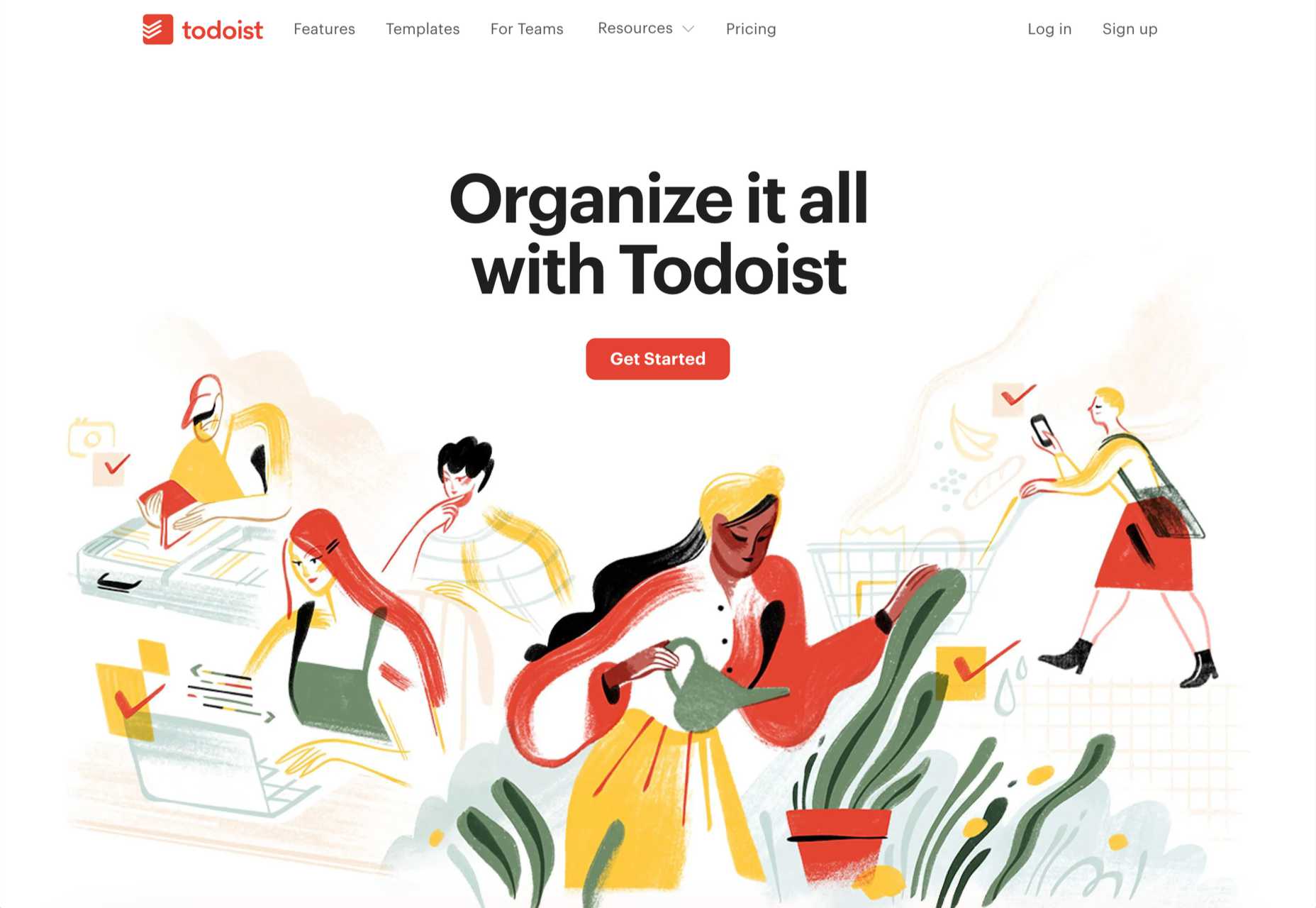
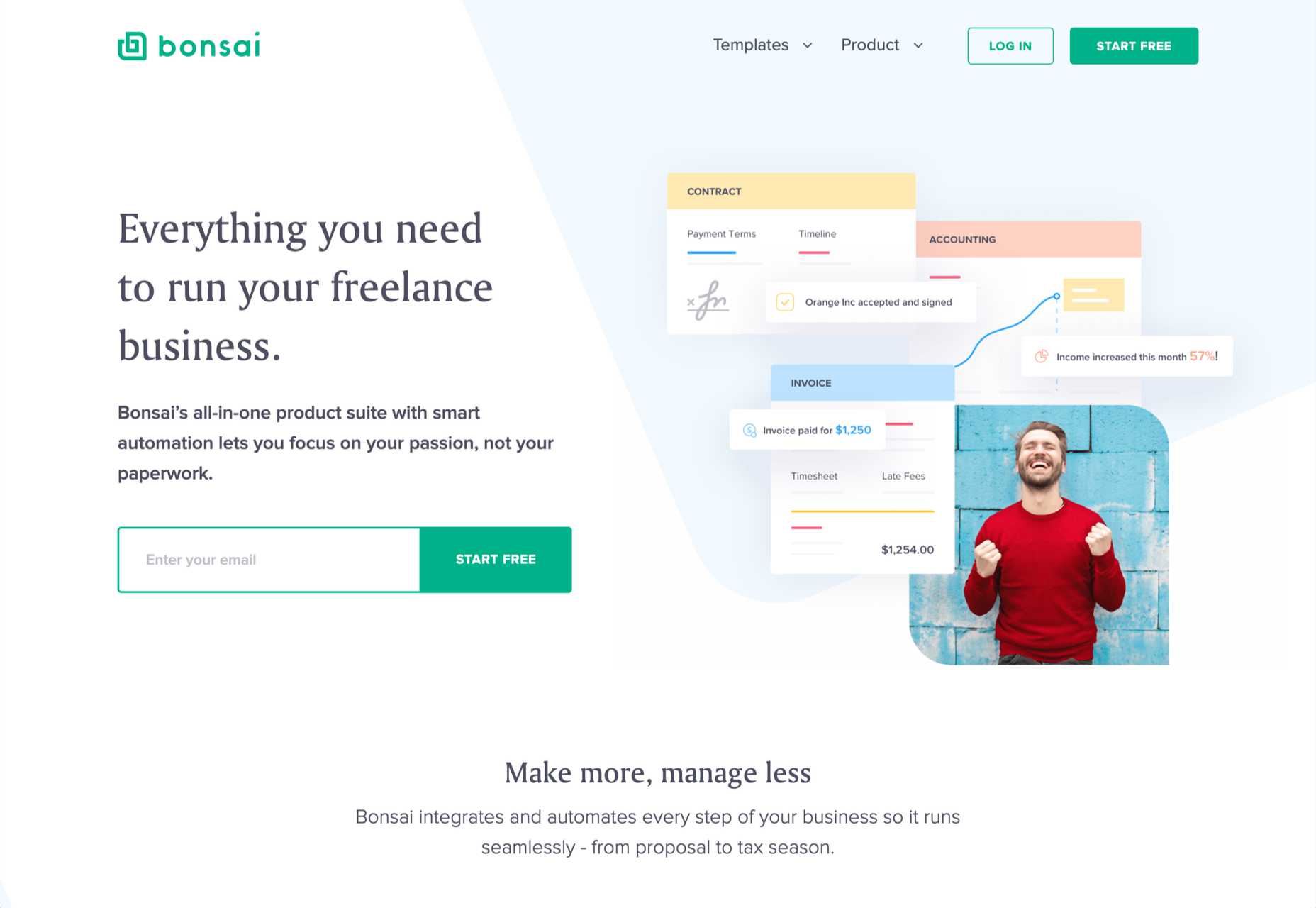
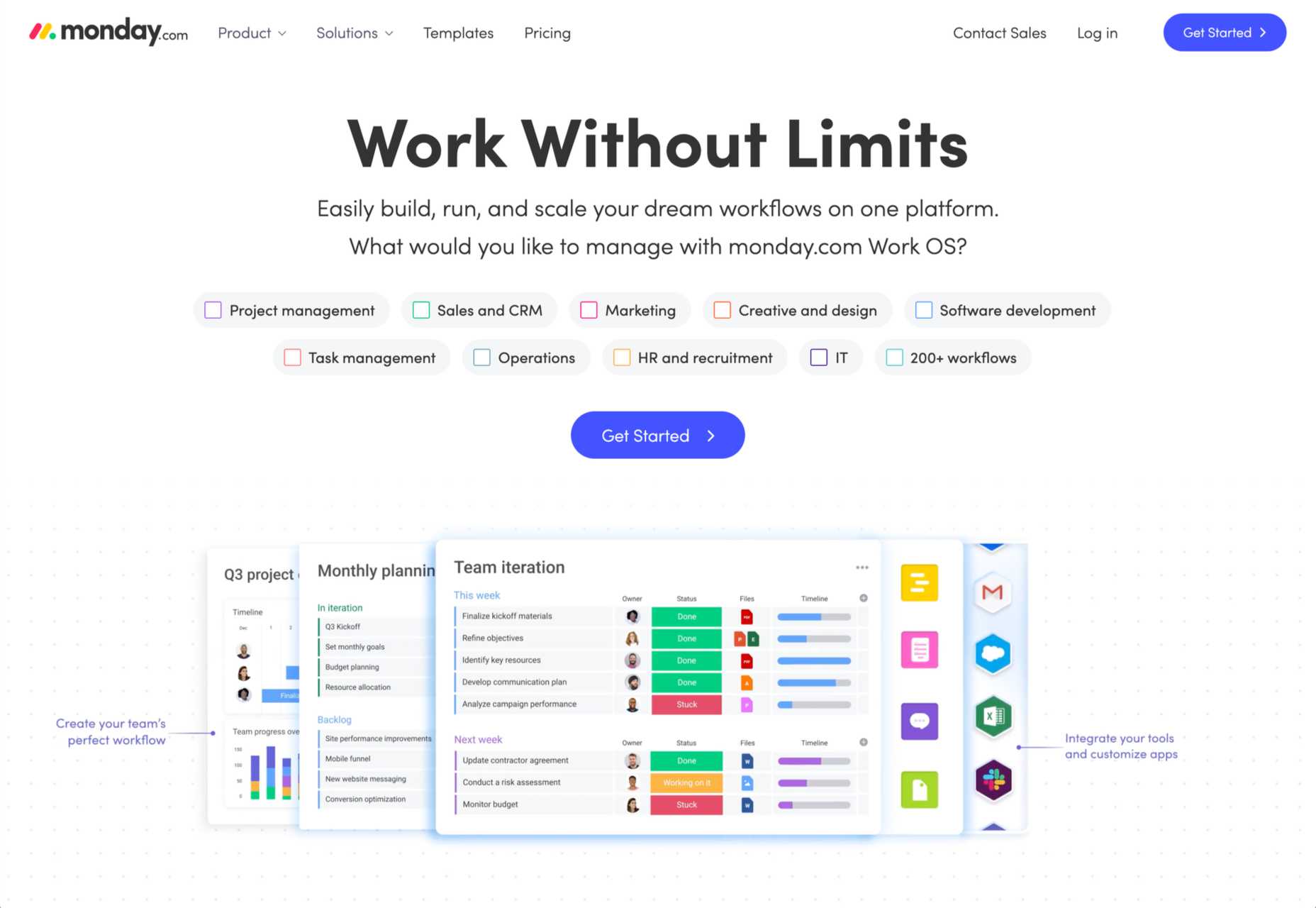
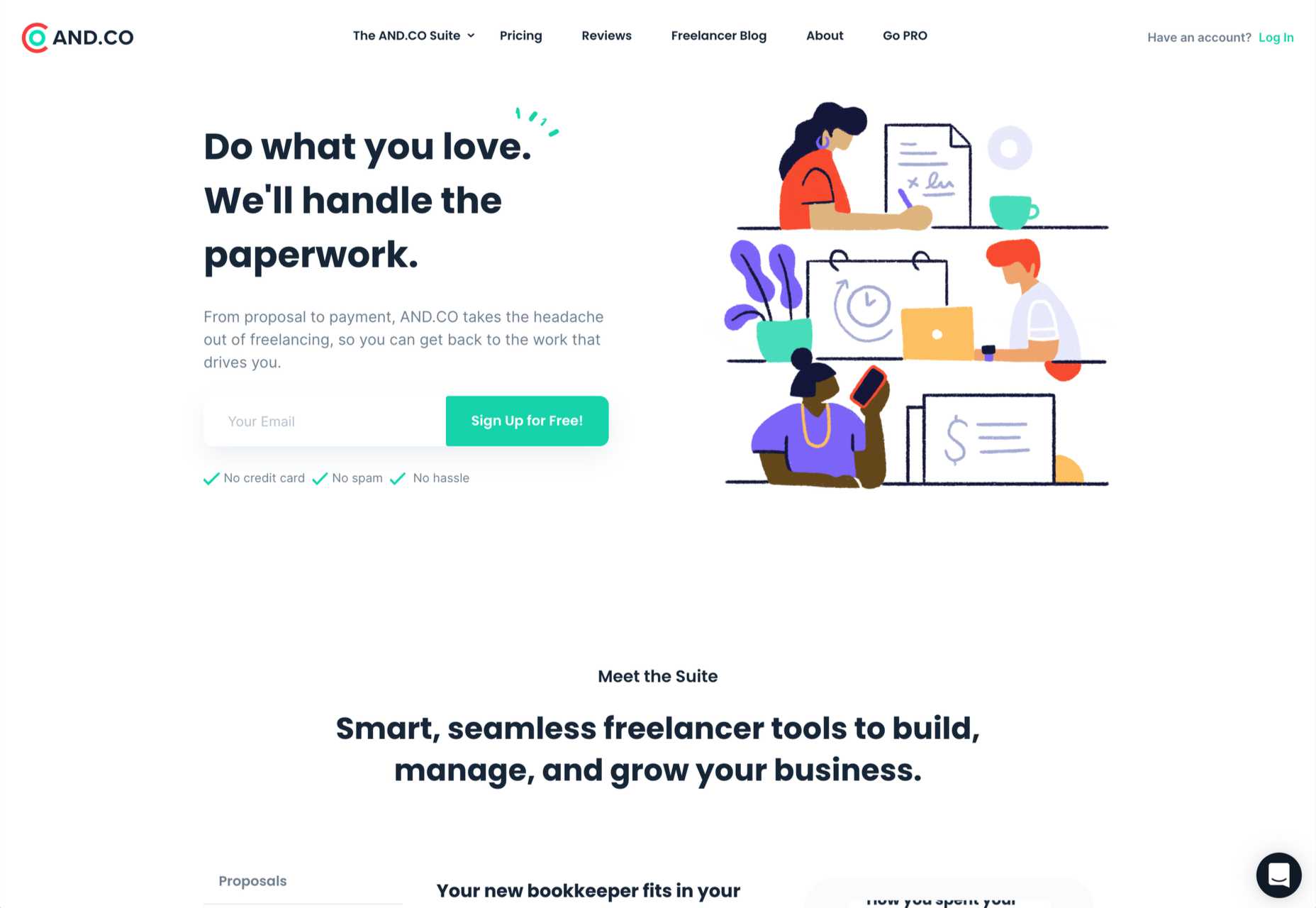
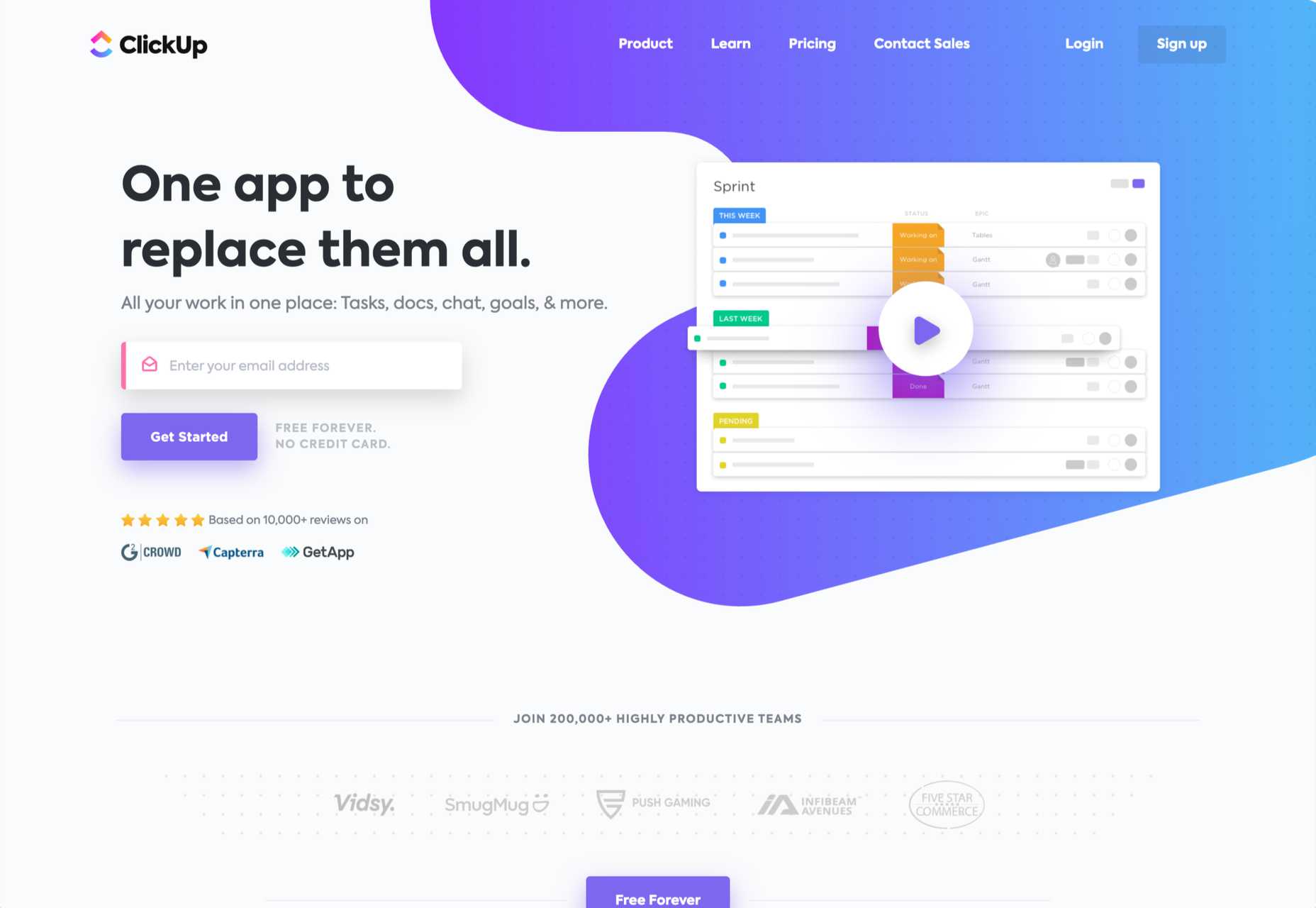
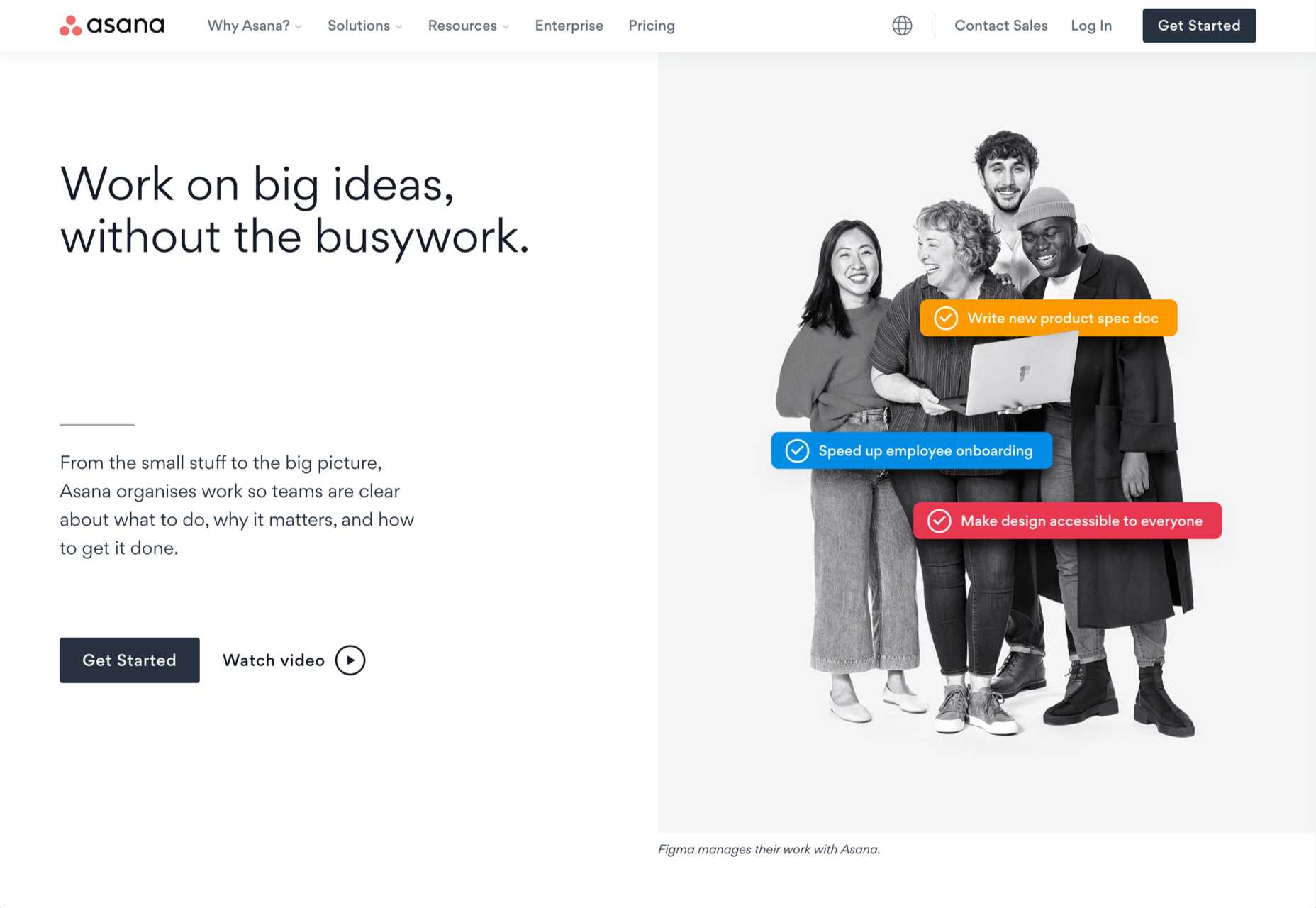
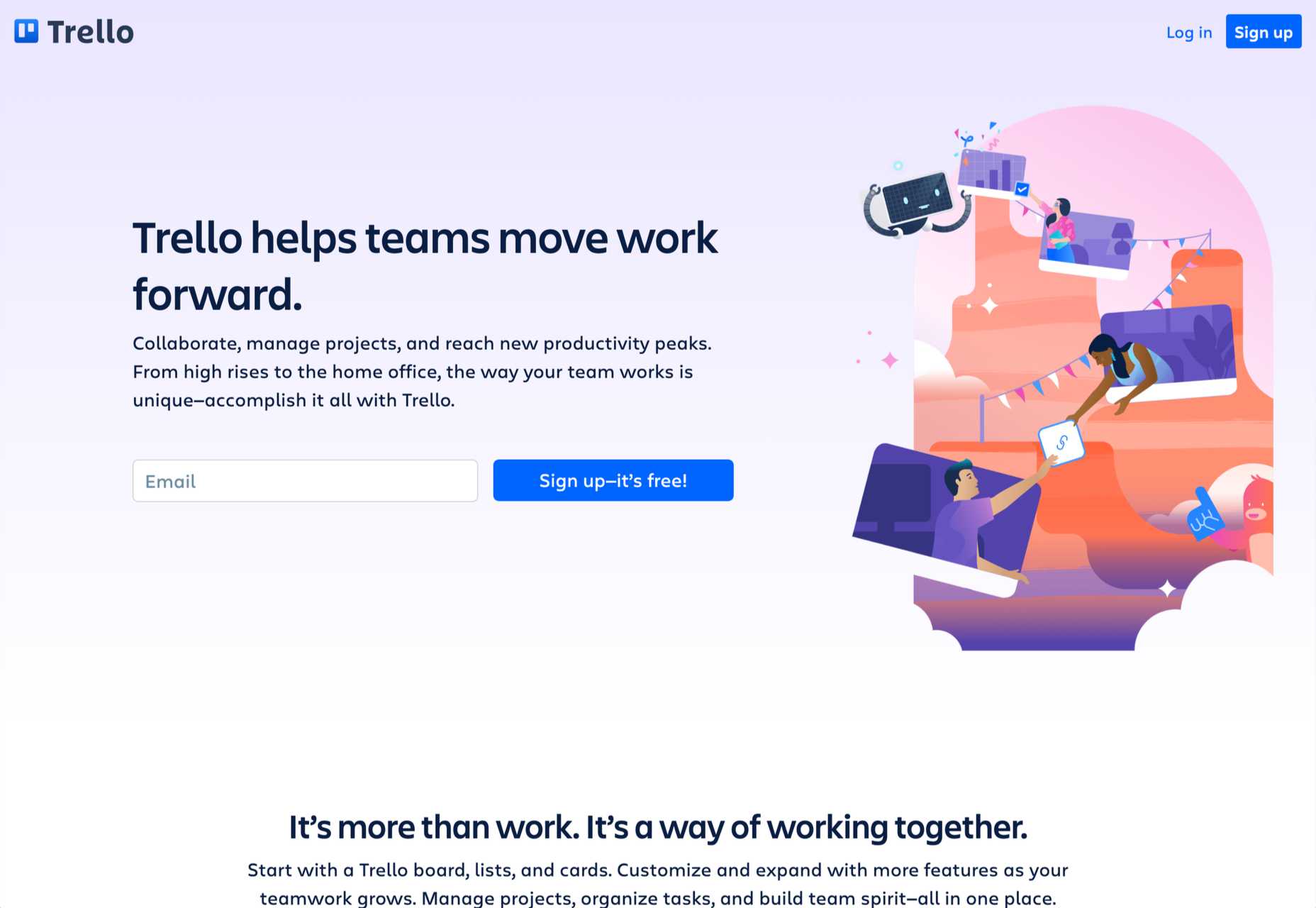
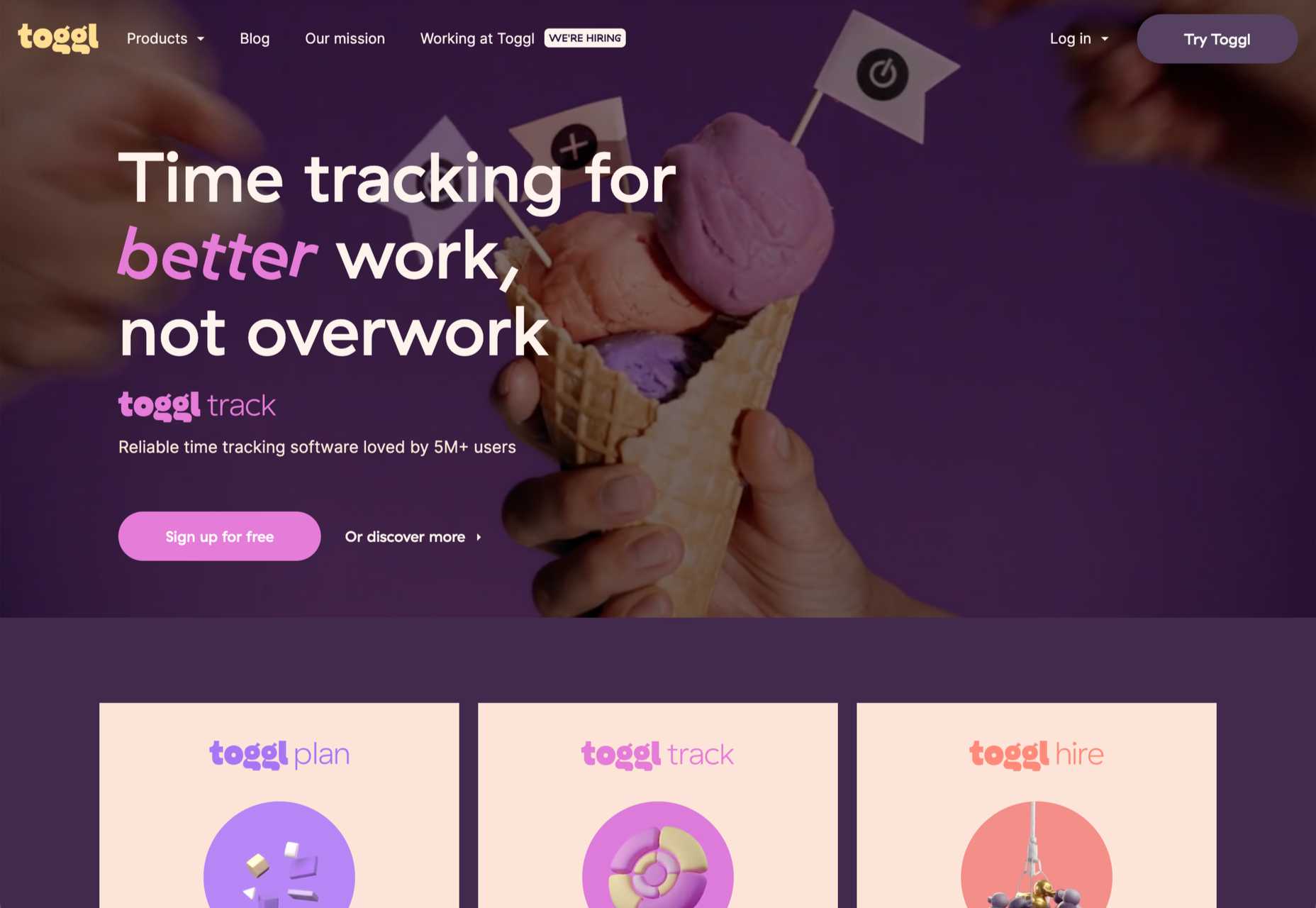



 Choosing to work for free, pro bono, gratis, without charge is something that most of us find ourselves doing at one time or another. Whether we’re filling a hole in our portfolio, there’s a friend or relative we feel beholden to, or because there’s an opportunity to aid a cause we value.
Choosing to work for free, pro bono, gratis, without charge is something that most of us find ourselves doing at one time or another. Whether we’re filling a hole in our portfolio, there’s a friend or relative we feel beholden to, or because there’s an opportunity to aid a cause we value.
